There are frequently four and five church spires visible in the distance as you drive around Vietnam’s northern Nam Dinh and Ninh Binh provinces. And these are not modest country chapels. They’re often cathedrals of a scale you’d expect in European cities and towns. There’s even what looks like a replica of St Peter’s Basilica not far from Nam Dinh City.
Most date from French colonial times, in the late 19th and early 20th centuries. As far as I can work out, a new wave of building and renovation occurred In the 1990s.
When I mentioned to our hotel in Ninh Binh that we were planning to spend a day exploring the churches of Ninh Binh and Nam Dinh, they told me that Nam Dinh is not a province for tourists. In Vietnam, that usually means a place will be worth a look.
They acknowledged that there were lots of churches, but seemed bemused that a foreigner might want to visit them.
We had a fantastic day - despite the incessant rain and cold.
This is where Catholicism first took hold in Vietnam in the early 17th century. And through centuries of upheaval, the area remains staunchly Catholic.
It’s also a good place to experience unfiltered local life. We didn’t spot another tourist once we left Ninh Binh.
While I knew from previous visits that there were many churches in this area, I never expected quite the ubiquity we discovered.

Photo: Mark Bowyer Tam Coc, Ninh Binh

Photo: Mark Bowyer Tam Coc, Ninh Binh
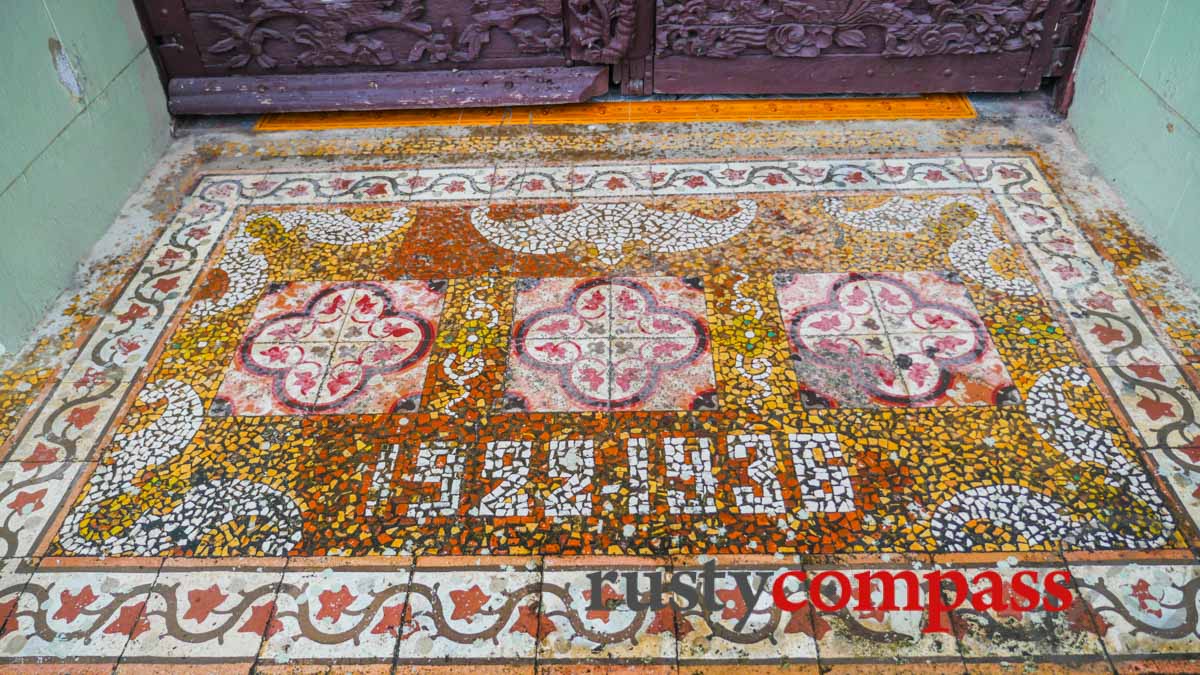
Photo: Mark Bowyer Ton Dao Church, Ninh Binh
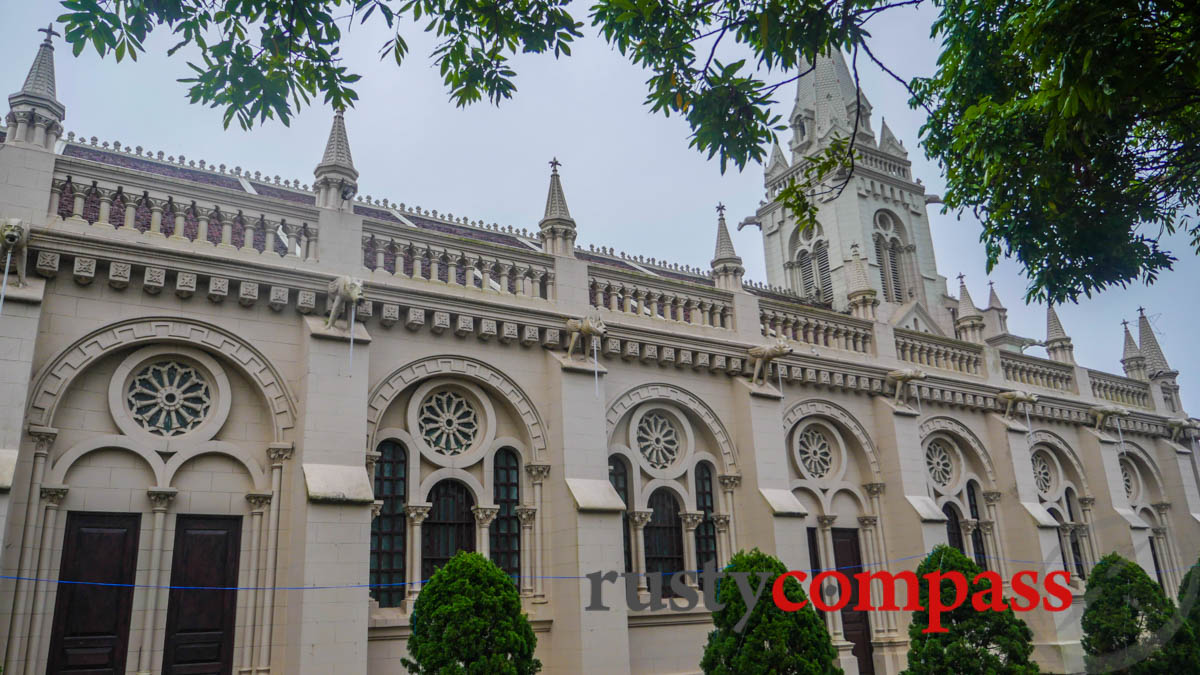
Photo: Mark Bowyer Ton Dao Church, Ninh Binh
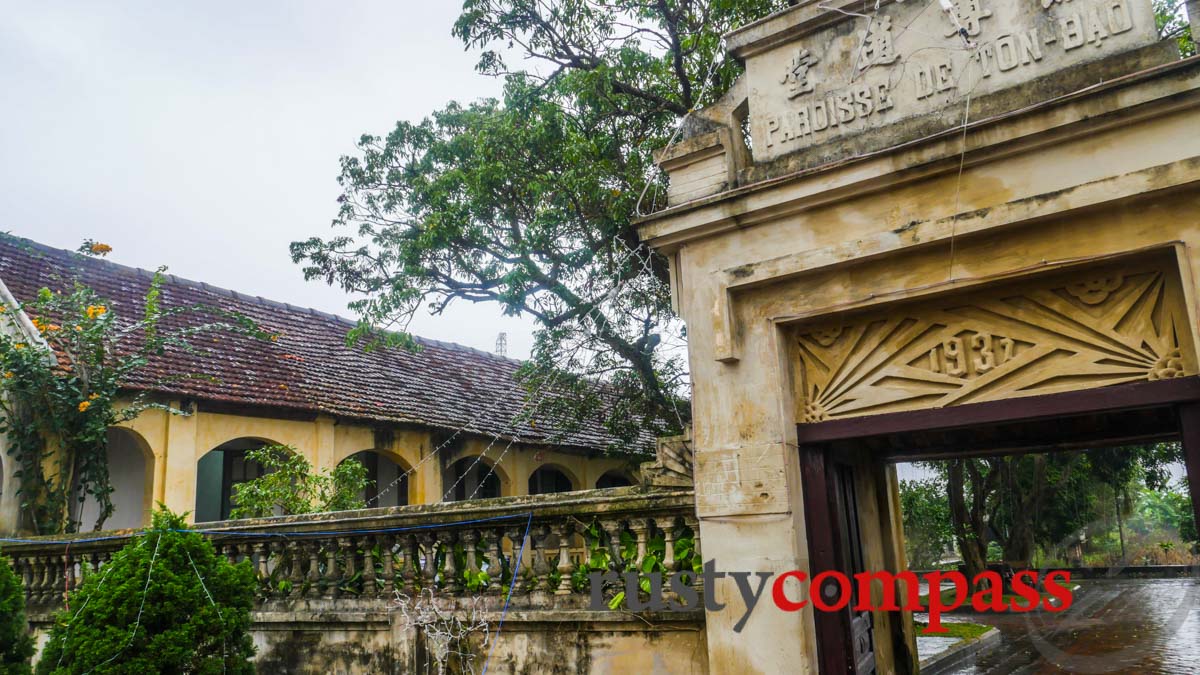
Photo: Mark Bowyer Ton Dao Church, Ninh Binh
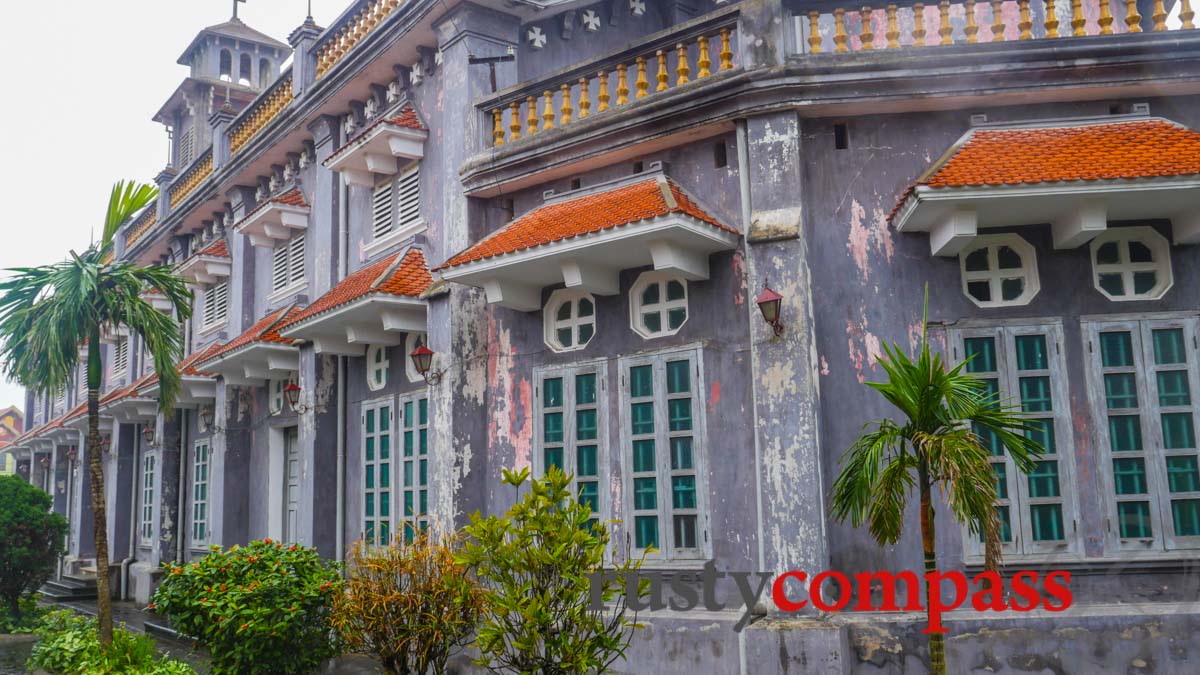
Photo: Mark Bowyer Quy Hau Church, Ninh Binh

Photo: Mark Bowyer Phat Diem Cathedral, Ninh Binh
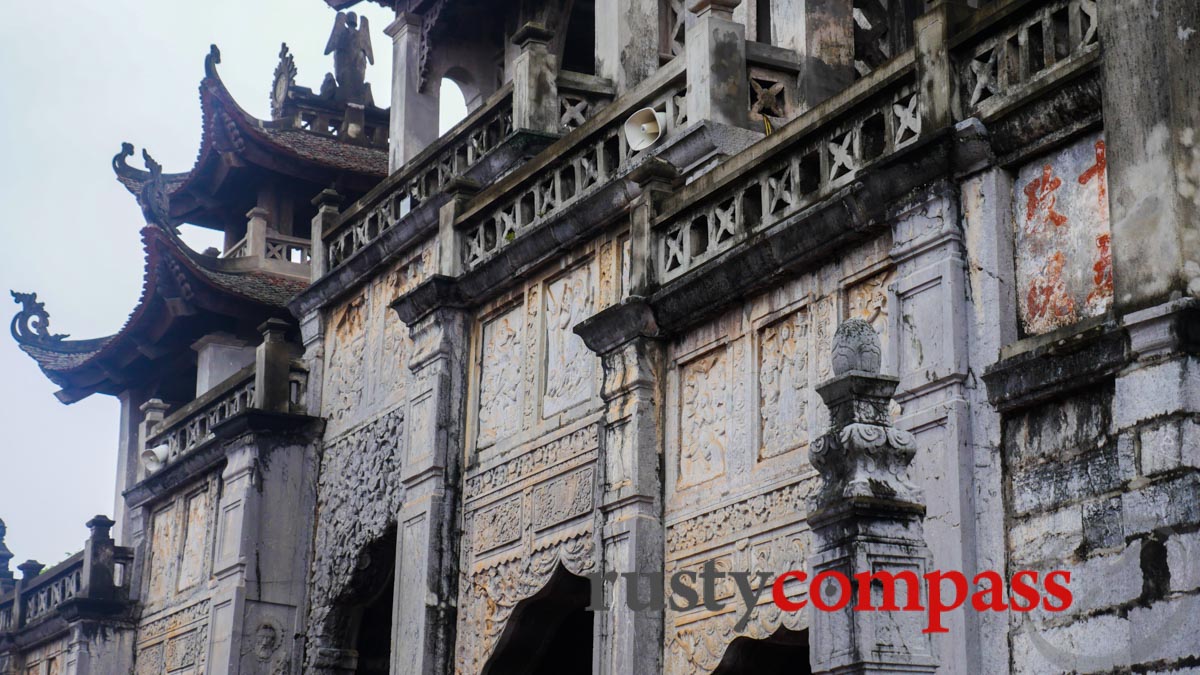
Photo: Mark Bowyer Phat Diem Cathedral, Ninh Binh
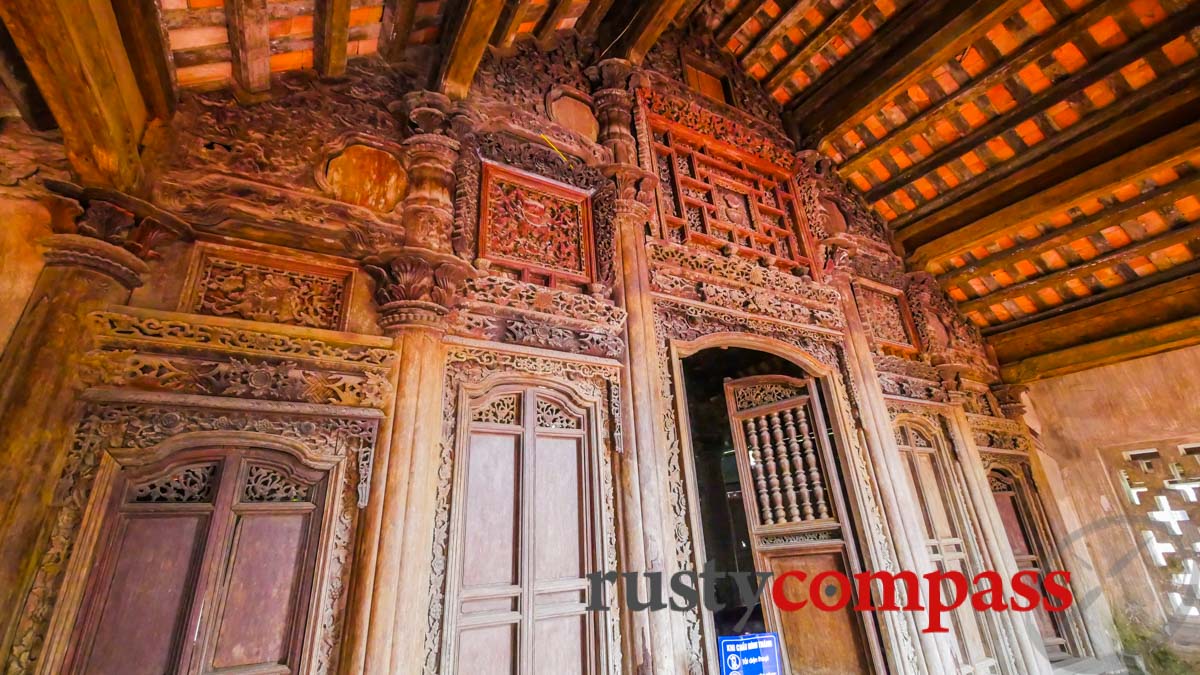
Photo: Mark Bowyer Phat Diem Cathedral, Ninh Binh
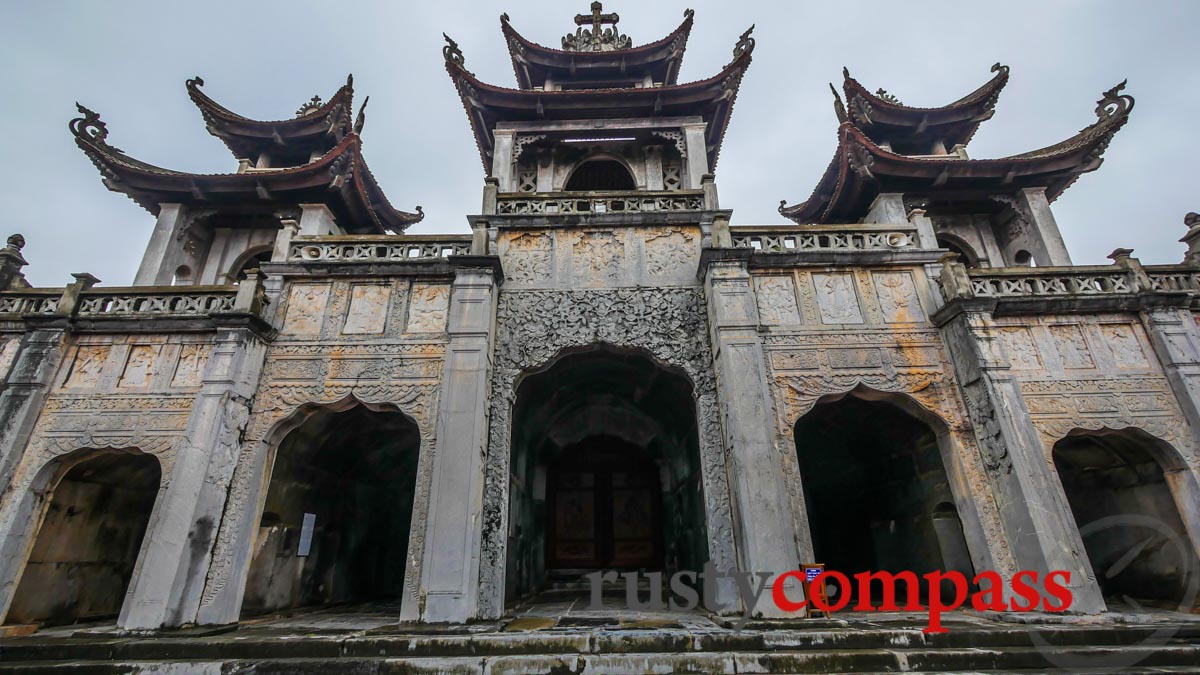
Photo: Mark Bowyer Phat Diem Cathedral, Ninh Binh
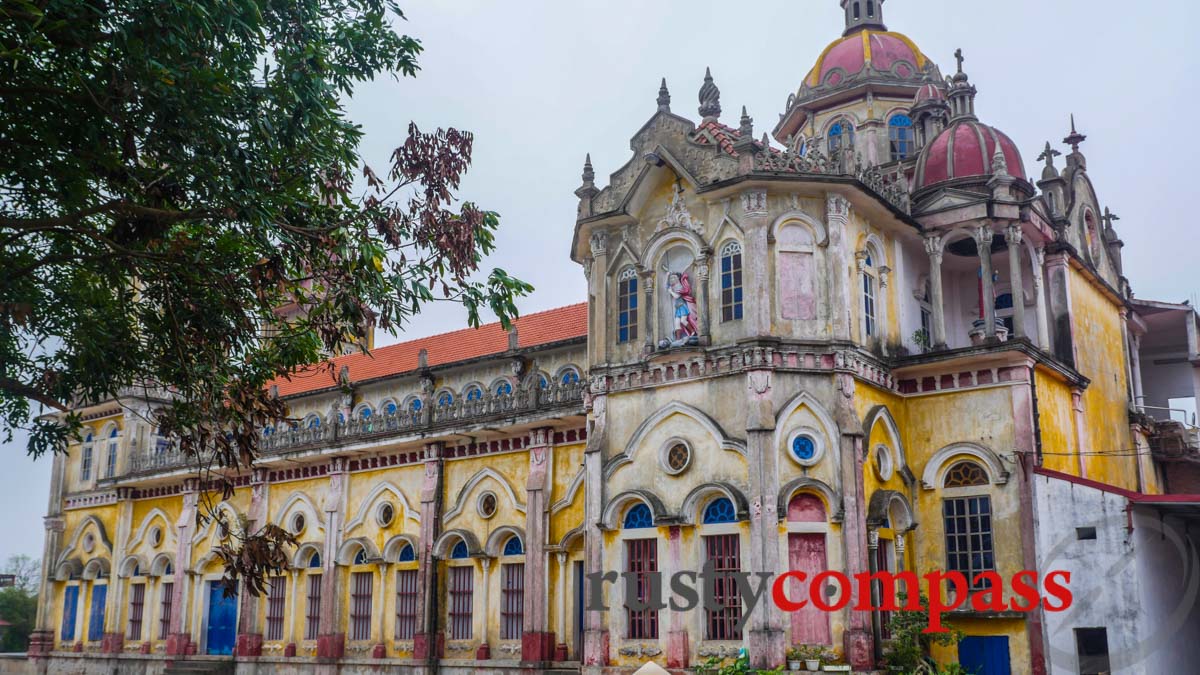
Photo: Mark Bowyer Giao Ly Church, Nam Dinh
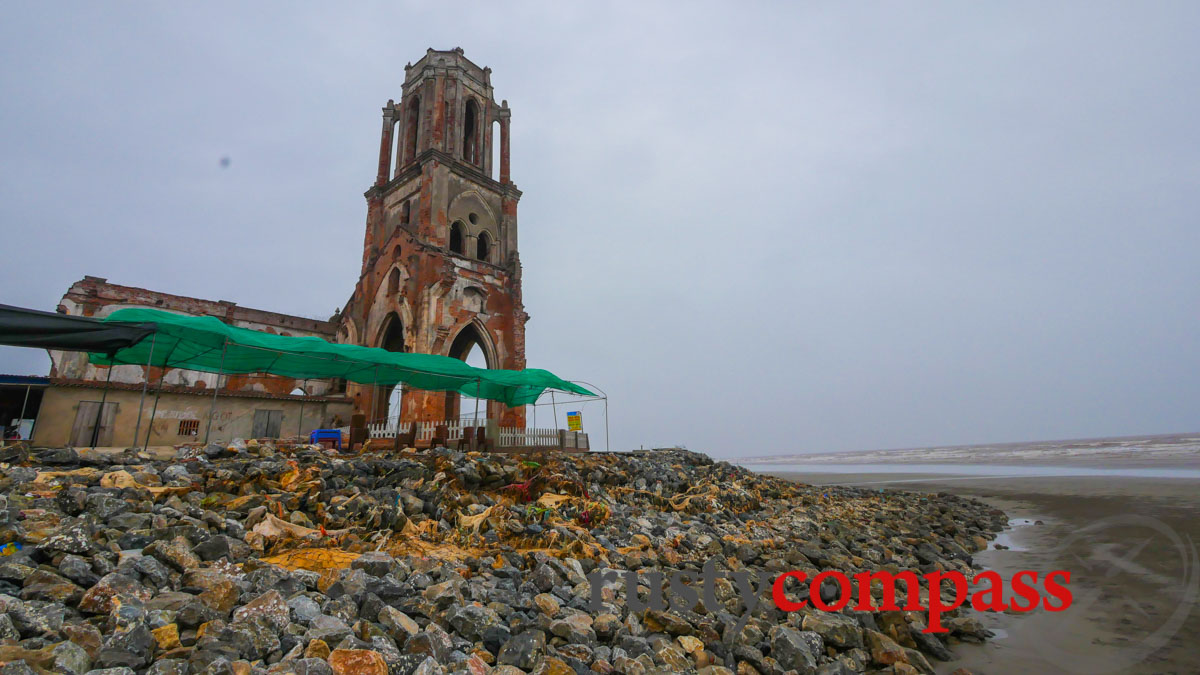
Photo: Mark Bowyer Hai Ly Church, Nam Dinh
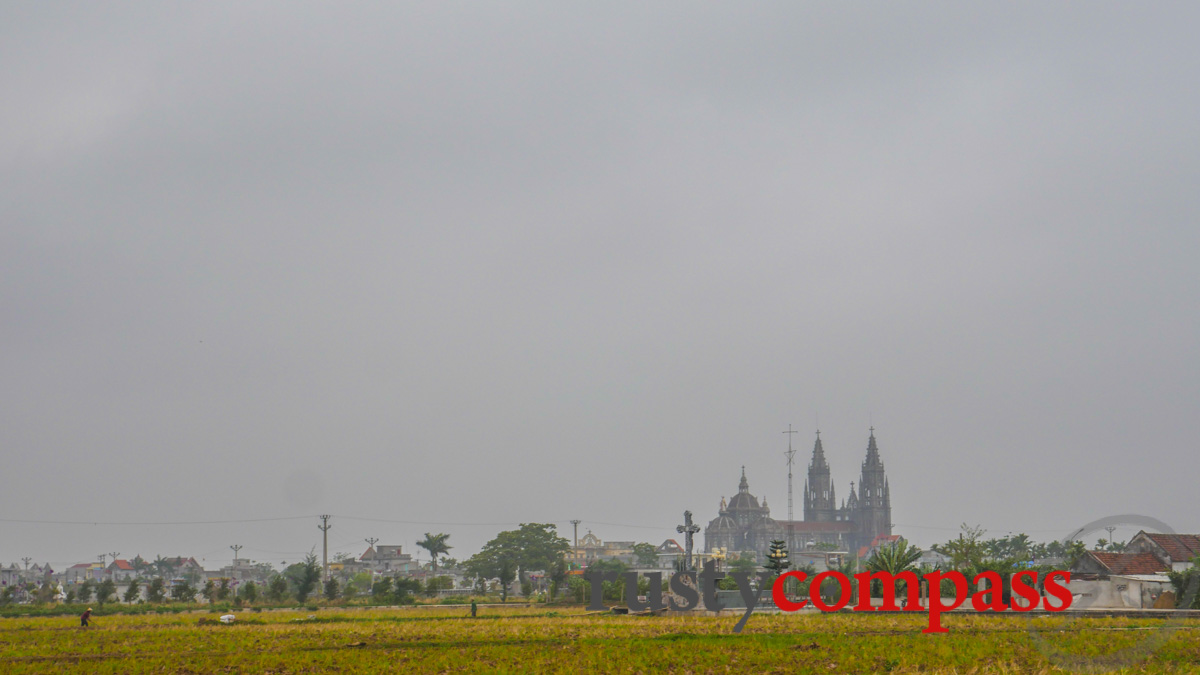
Photo: Mark Bowyer Nam Dinh churches
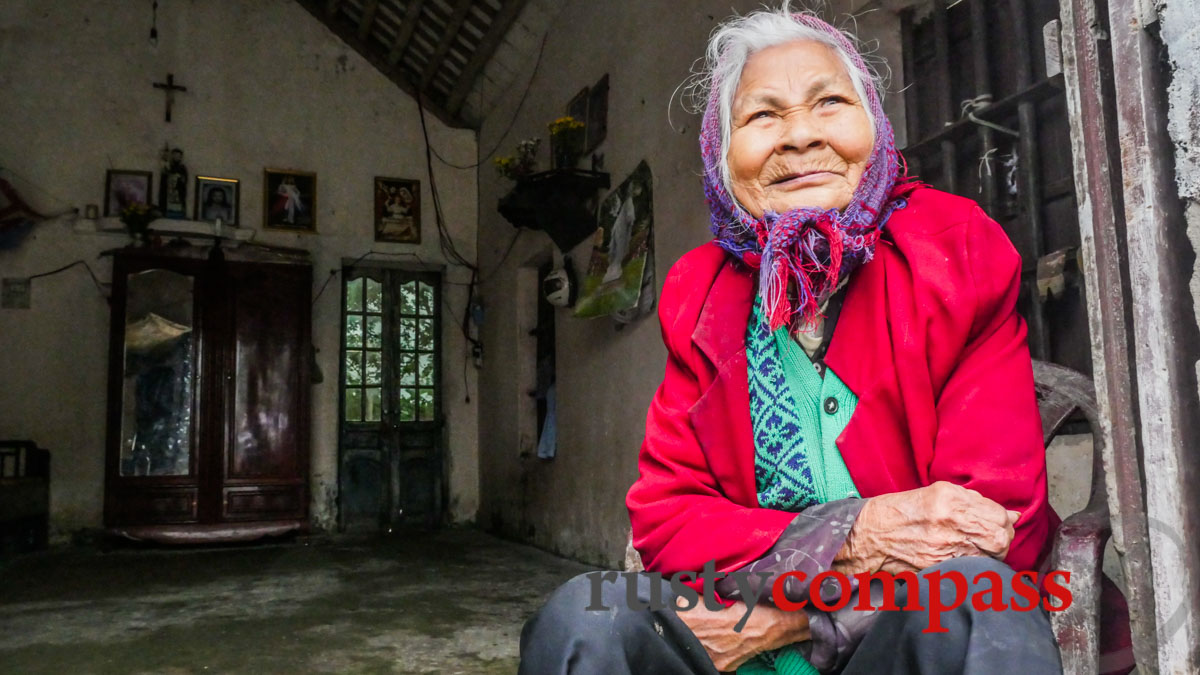
Photo: Mark Bowyer Ba Nam, 99 years of devotion, Nam Dinh
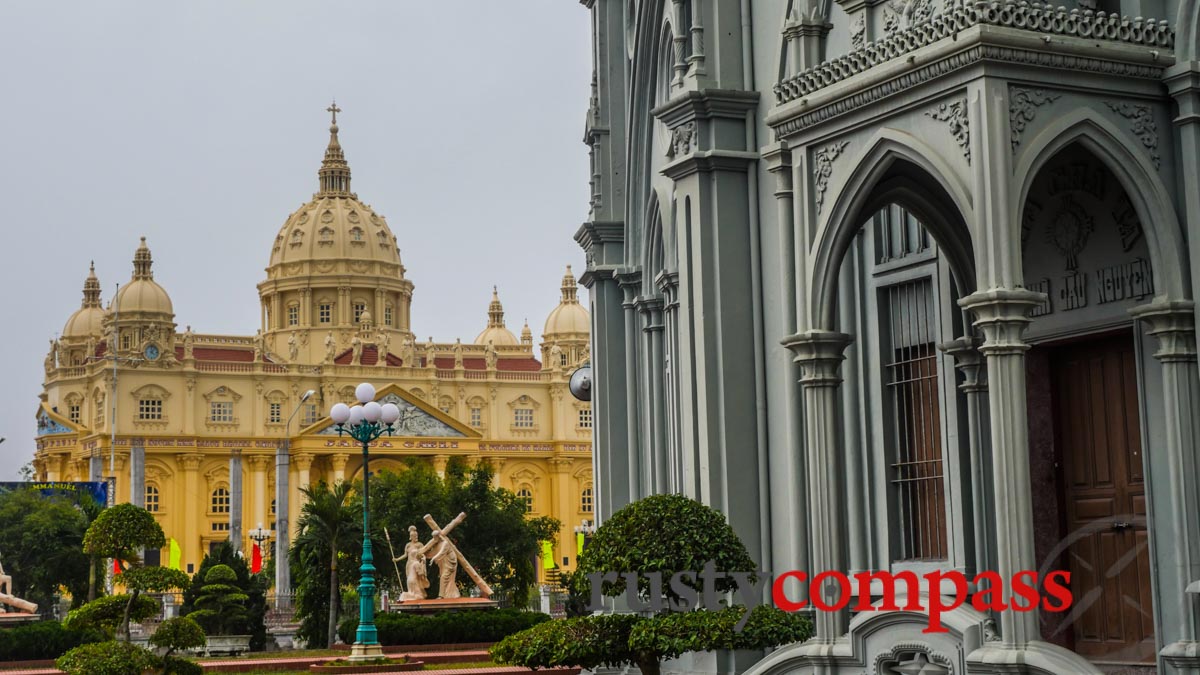
Photo: Mark Bowyer Phu Nhai Church, Nam Dinh
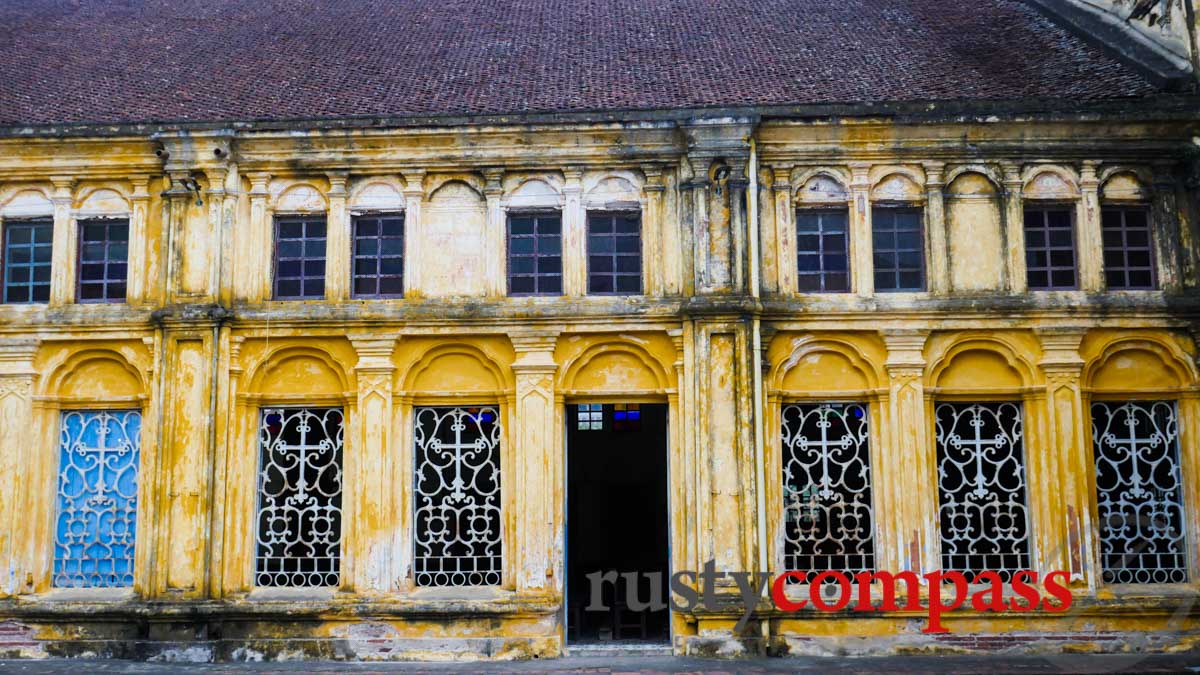
Photo: Mark Bowyer Bui Chu Church, Nam Dinh
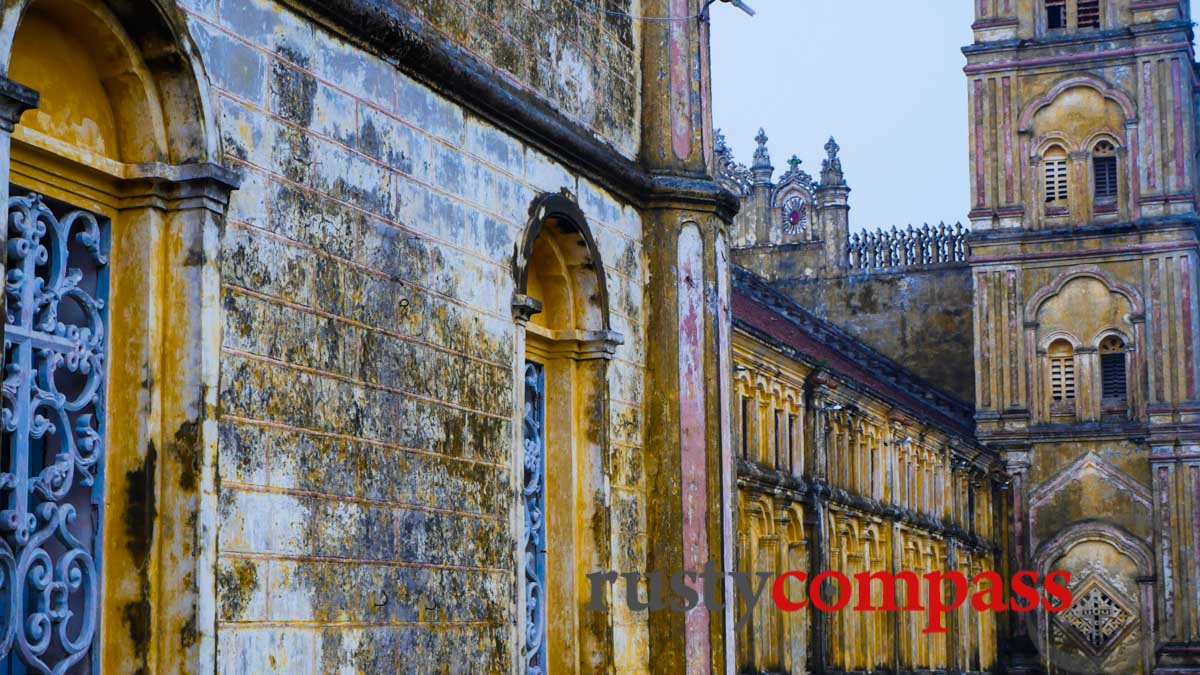
Photo: Mark Bowyer Bui Chu Church, Nam Dinh
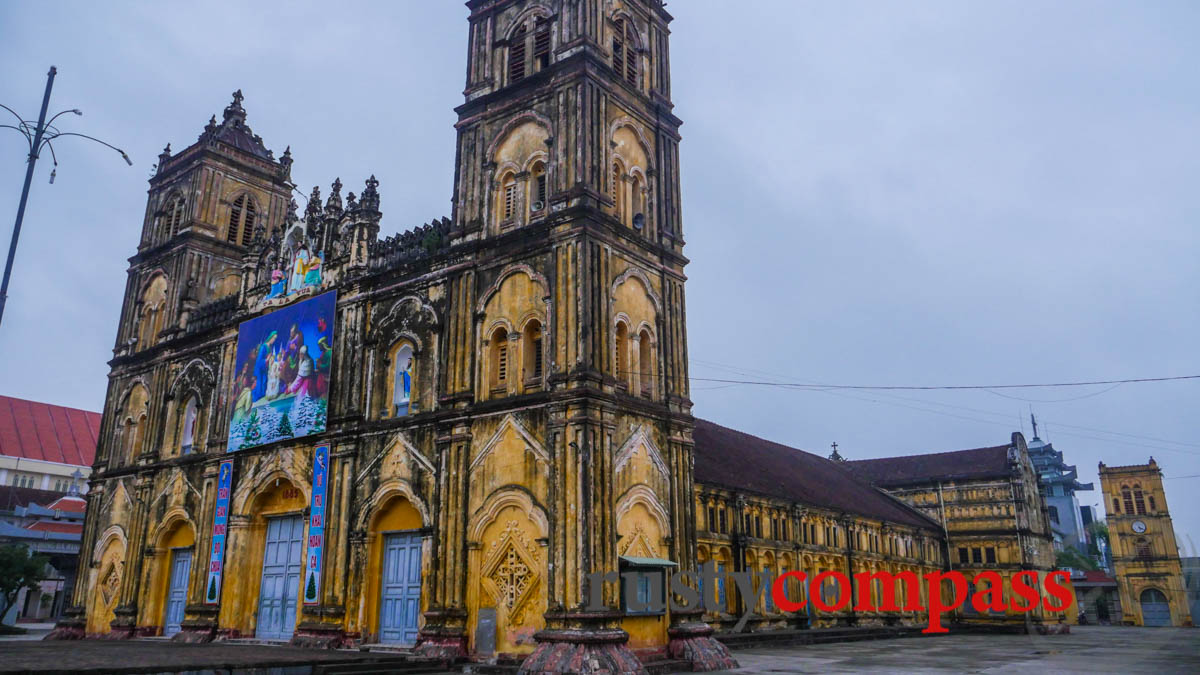
Photo: Mark Bowyer Bui Chu Church, Nam Dinh
The Catholic Church has been a very important player in Vietnamese modern history. So a journey through the area is a journey through Vietnamese history and culture - though the lack of information at most of the churches is a disappointment and a lost opportunity.
The most visited church in the area is the dramatic cathedral at Phat Diem. It’s remarkable for its strong Asiatic design style and its scale. Most Vietnamese churches replicate European styles. Not this one, making it the most distinctive church building in Vietnam.
References to Phat Diem in Graham Greene’s novel, The Quiet American, have added to visitor interest - though I’ve never seen more than a handful of tourists there.
Phat Diem is the only church in the area that provides good historical information.
Closer to Nam Dinh City, Phu Nhai Cathedral is a grandiose contrast with Phat Diem - two enormous European-style church buildings next to one another. The design of one looks to have been influenced by St Peter’s Basilica in Rome.
It’s a curious extravagance in an area that shows few signs of affluence.
We ended the day on a high note, visiting the 1885 Bui Chu church. Unique in design and brimming with history, Bui Chu has so far been spared heavy-handed renovations. It has an old-world authenticity about it that was lacking in many other Nam Dinh churches.
The Bui Chu parish is considered the cradle of Catholicism in Vietnam.
The Catholic Church in Vietnam - a very brief history
The beginning: Catholic missionaries first began proselytising in northern Vietnam in the early 17th century.
Alexandra De Rhodes: In the mid sevententh century, De Rhodes, a Jesuit missionary, created the Romanised quoc ngu script that is the contemporary written form of the Vietnamese language. Prior to the advent of quoc ngu, the Vietnamese written form used Chinese characters known as chu nom. Quoc ngu was mandated as the official script by French colonial officials at the beginning of the twentieth century. These days, few Vietnamese can read the indigenous chu nom script.
The Nguyen Dynasty: When Nguyen Anh crushed the Tay Son rebels and created the Nguyen Dynasty in Hue in 1802, he did so with the support of Vietnam based French missionary Pigneau de Behaine.
Nguyen Anh tolerated Christianity and foreign involvement in his newly established kingdom.
Colonialism: Emperor Nguyen Anh’s Nguyen dynasty successors proved less receptive to the presence of missionaries and the spread of Catholicism.
In the middle of the 19th century, persecution of Catholics provided one of the pretexts for the French colonisation of Vietnam.
During French rule, the Catholic Church’s presence expanded and Catholics received preferential treatment. Church landholdings across the country became significant - especially in Hanoi and Saigon.
The end of colonialism and war: When Ho Chi Minh’s communists defeated the French at Dien Bien Phu in 1954, and created an independent communist state in the north, Catholics were fearful. More than 600,000 fled to the US-backed South Vietnam.
Ngo Dinh Diem, South Vietnamese president between 1955 and 1963, was a devout Catholic. His mistreatment of the majority Buddhist population was a source of political unrest and ultimately led to his execution in a US sanctioned coup.
He was captured at Cha Tam Catholic church in Cholon, Saigon’s Chinatown.
US involvement in the coup began a period of growing US military involvement in South Vietnam.
Catholics continued to exert significant political influence in South Vietnam after Diem’s death and up until the end of the war in 1975.
Vietnam’s Catholic community has only ever been less than 7% of the population. However it enjoyed a privileged role under French colonial and South Vietnamese rule. The Catholic communities of Ninh Binh and Nam Dinh remain some of the most devout in the country.
Travel tips
We didn’t follow a rigid itinerary. We drove from Ninh Binh to Phat Diem and on to Nam Dinh via the ruined church at Hai Ly - stopping each time we spotted an interesting church. It was a long day as we continued on to Hanoi and included some ferry crossings.
It’s also possible to focus on churches around Nam Dinh City, which is served by rail and regular buses from Hanoi. A stop in Nam Dinh can be combined with a visit to Ninh Binh and is on the same rail line. We travelled to Ninh Binh by rail from Hanoi (2.5 hours - 70,000VND per ticket).





There are no comments yet.